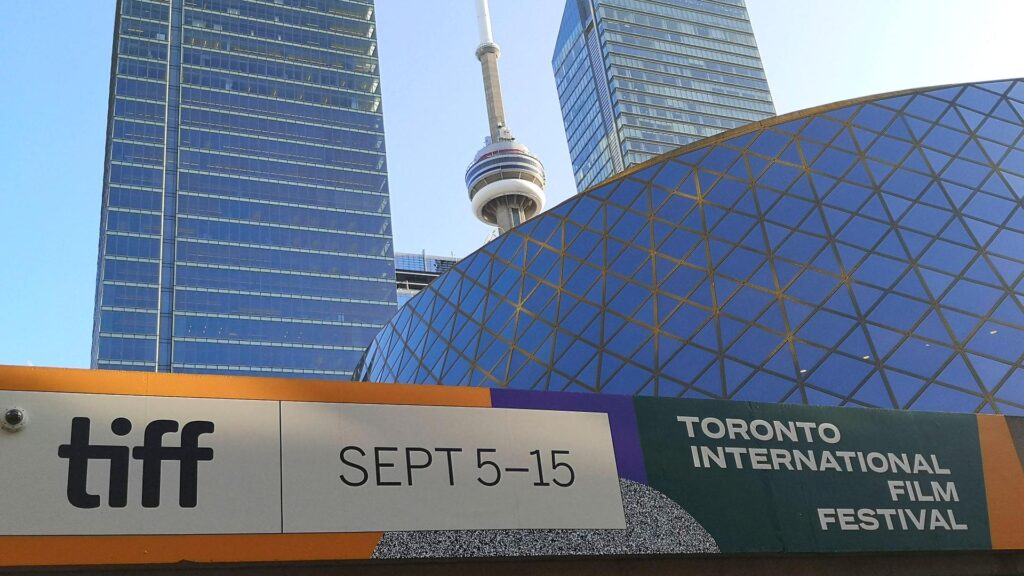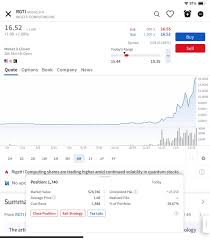
Introduction
The Toronto International Film Festival (TIFF) is one of the largest and most prestigious film festivals in the world. Held annually in Toronto, Canada, it showcases films from around the globe, bringing together artists, filmmakers, and audiences to celebrate cinematic achievements. However, this year’s festival has come under scrutiny due to its connection with Hamas, a topic that has sparked discussions about artistic expression, political statements, and social responsibility in the arts.
The Controversy Unfolds
Following the recent escalation of violence in Israel and Palestine and the rise of tensions surrounding the actions of Hamas, this year’s TIFF has faced criticism with calls to rethink its association with films that may support or depict the actions of the militant group. Critics argue that screening such films could inadvertently normalize or endorse violence and extremism, while others assert that cinema should be a platform for all narratives, including those of oppressed groups.
Among the films featured at TIFF, several documentaries and narratives focus on the Israeli-Palestinian conflict, bringing forth diverse perspectives. For instance, films like “The Land of Milk and Honey” and “A Gaza Weekend” spotlight the human experience within conflict zones, but their ties to political movements have led to heightened debates among audiences and stakeholders alike.
Response from TIFF Organizers
TIFF organizers have stated that their mission is to promote a diverse range of voices and experiences. They maintain that cinema serves as a critical lens through which society can grapple with complex issues. “Our goal is to foster discussion and understanding, even when confrontational topics are covered,” a spokesperson remarked during a recent press conference.
In response to the outcry, TIFF has engaged with community leaders, activists, and industry professionals to clarify its stance and ensure that the festival remains a safe space for dialogue. Furthermore, the festival has organized discussions and panels to address the implications of screening such films amidst the ongoing violence.
Conclusion
The intersection of art and politics has always been fraught with challenges, and the Toronto Film Festival’s current situation highlights the delicate balance between artistic expression and social responsibility. As the festival progresses, it serves as a case study on the power of film in shaping perceptions and its role in broader societal dialogues. The ongoing debates surrounding Hamas and its representation in film will likely have lasting repercussions for TIFF and influence future film festivals as they navigate the complexities of art in conflict.

